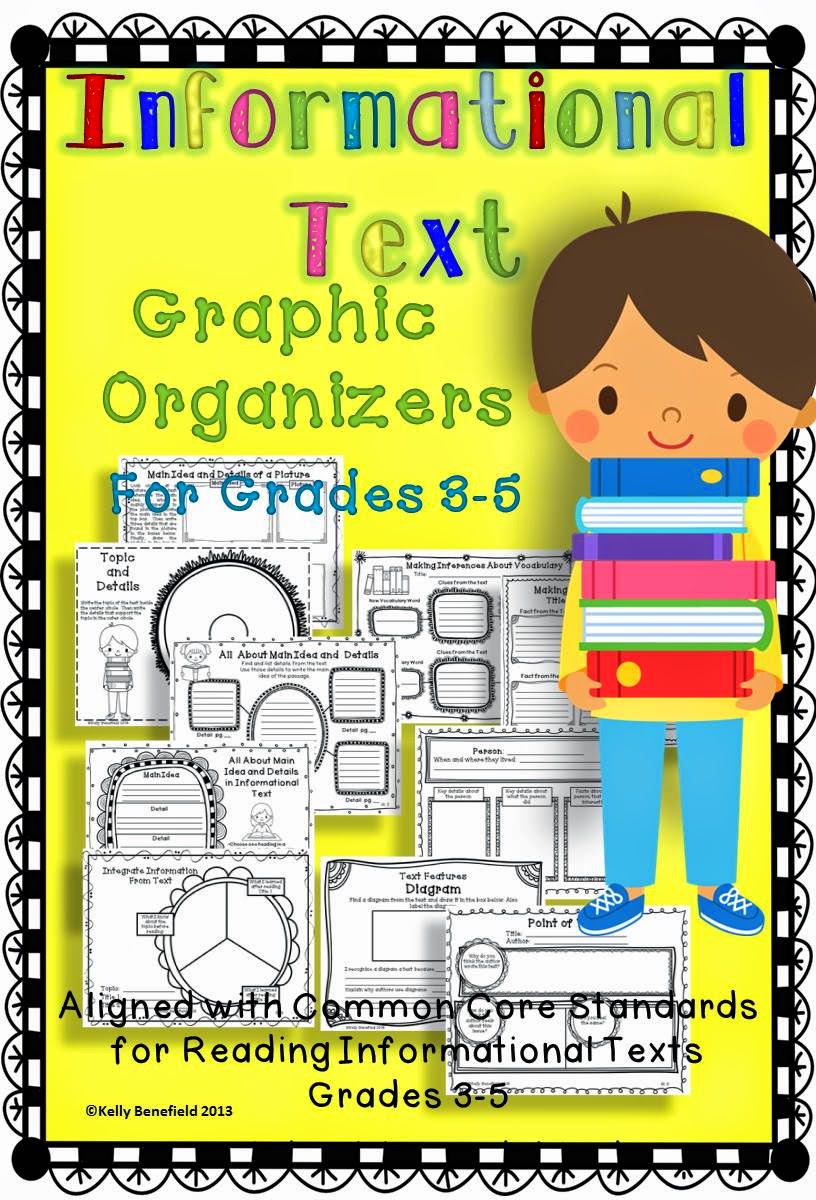Our teachers at my school have invested many hours in learning some of the best practices in teaching reading strategies. In fact, we just attended a workshop this week that helped us validate that the lessons we have been teaching and applying in our classrooms are exactly the type of lessons that we should be using with our students.
One of those lessons that my fourth graders had recently was a nonfiction reading strategies lesson on using details to write a summary of the text. What fourth grader does not love reading about animals? That is one reason this lesson began with the book Polar Bears by Gail Gibbons. Another reason was that it was also a great tie-in to the animal studies that the fourth grade had been doing in science.
I gave each student 3 sticky notes before I began reading Polar Bears. The students were told to listen for and jot down information that they heard about what polar bears are, what polar bears have, and where they live. I color coded the sticky notes: pink for are, yellow for have, and blue for live. Students then shared what they learned with their partners. Then we charted the information that the students learned.
Next, it was time for the students to read. I found this great article on polar bears for free here. It was perfect for summarizing.
To read this article, we chunked the text (broke it into pieces). Students read the first paragraph with their partners. Then they looked for details that described how a polar bear looks and highlighted those details. We then discussed what they found. I chose to simply focus on finding details in the first paragraph. We did not discuss summarizing at this point.
Next, we chunked the second paragraph. Students read it with a partner, and then highlighted the information that told them how polar bears keep warm. After discussing and sharing the details that were highlighted, we reviewed what we knew about summarizing. I used this chart to help students remember the steps involved.
Although we have used summarizing before in class, many of my students still need support with this strategy. I felt that the students still needed modeling to be successful, so I modeled how to take the highlighted information about how a polar bear stays warm and write a summary using that information. I simply wrote this summary on the board as I put the highlighted information into my own words. I also referred to the chart as I explained my thoughts how to write a summary. This portion was the "I do."
The next step was for the students to chunk the third paragraph of the article by reading it with their partners. I then asked them to highlight information that they leaned about an adaptation that polar bears have that help to keep them warm. After sharing the information that was highlighted, we worked together to create a summary of the information from the third paragraph, and I wrote that summary on the board as well. "We do." The students actually helped me think of the sentences for this summary.
Finally, the students chunked the last paragraph of the article. After reading it with their partners, students highlighted information about a polar bear's paws. They shared and we discussed this information. Then the students used the highlighted information and wrote a summary about the last paragraph. "You do." Throughout this process, students are given much support to use this strategy.
At the end of this lesson, students used a graphic organizer from Common Core Reading Graphic Organizers for Informational Text packet.
Students wrote six details that they learned about polar bears that they thought the most interesting and drew a picture.
Throughout this entire lesson, which took around 90 minutes, my students were completely engaged! Even my most reluctant readers were excited, participating, and learning from beginning to end! Now, if everyday could be like that!! ;)
I hope you can find one aspect of this lesson that might work for your students. I know that teaching summarizing can be a struggle at times, but by modeling and gradually releasing the strategy to the students, they have a greater understanding of this reading strategy.
Have a blessed day!












